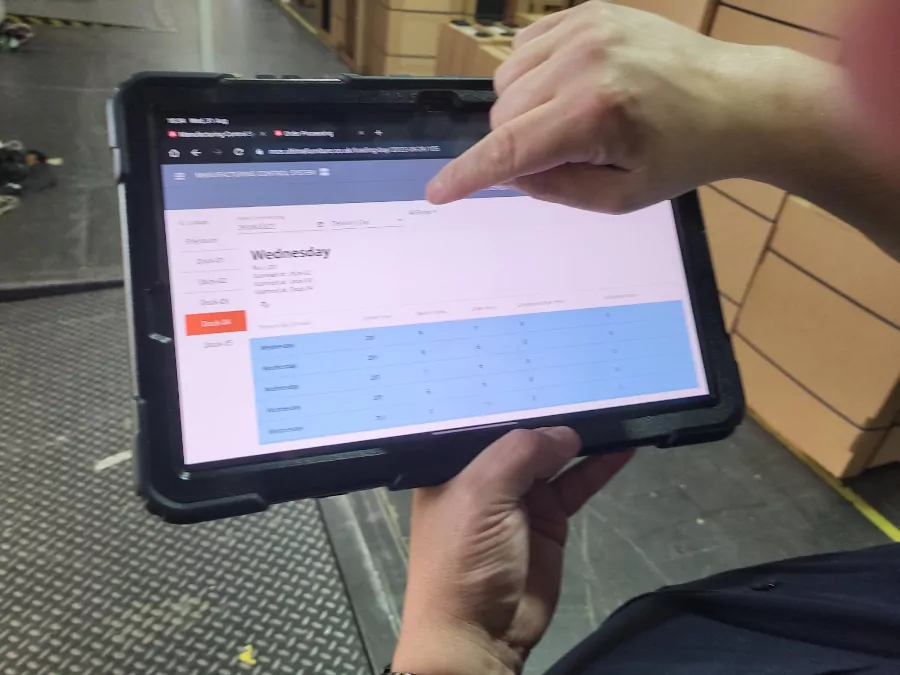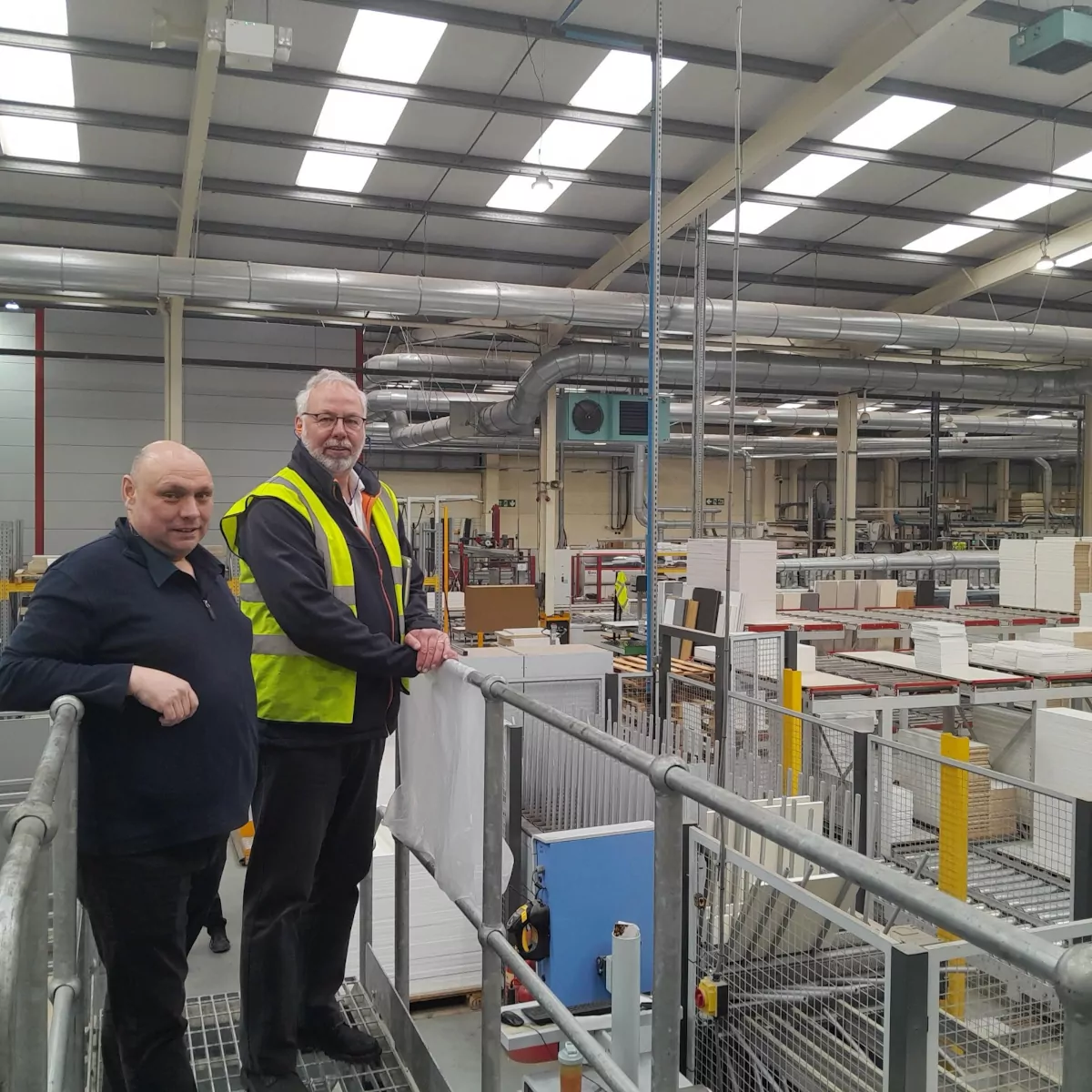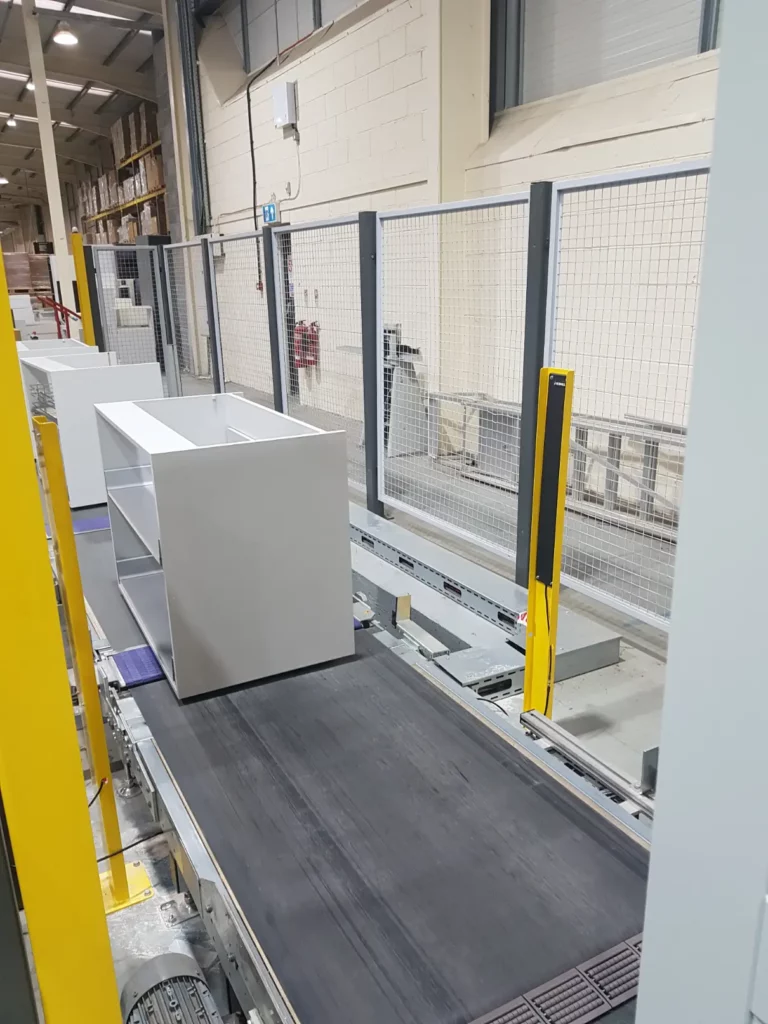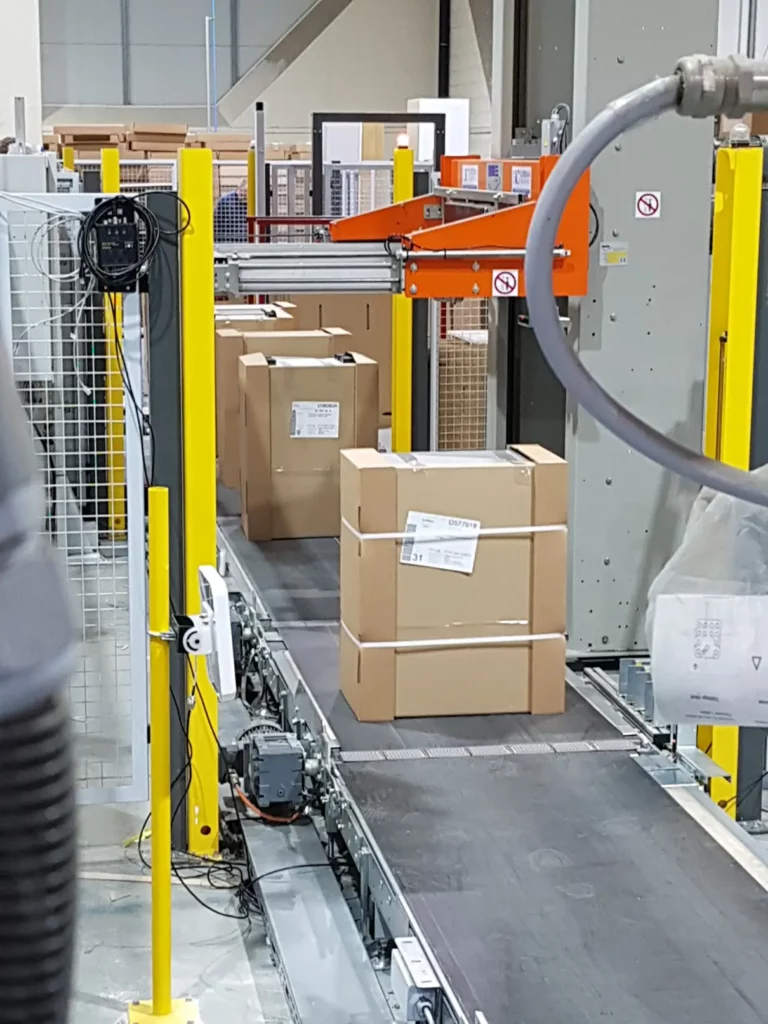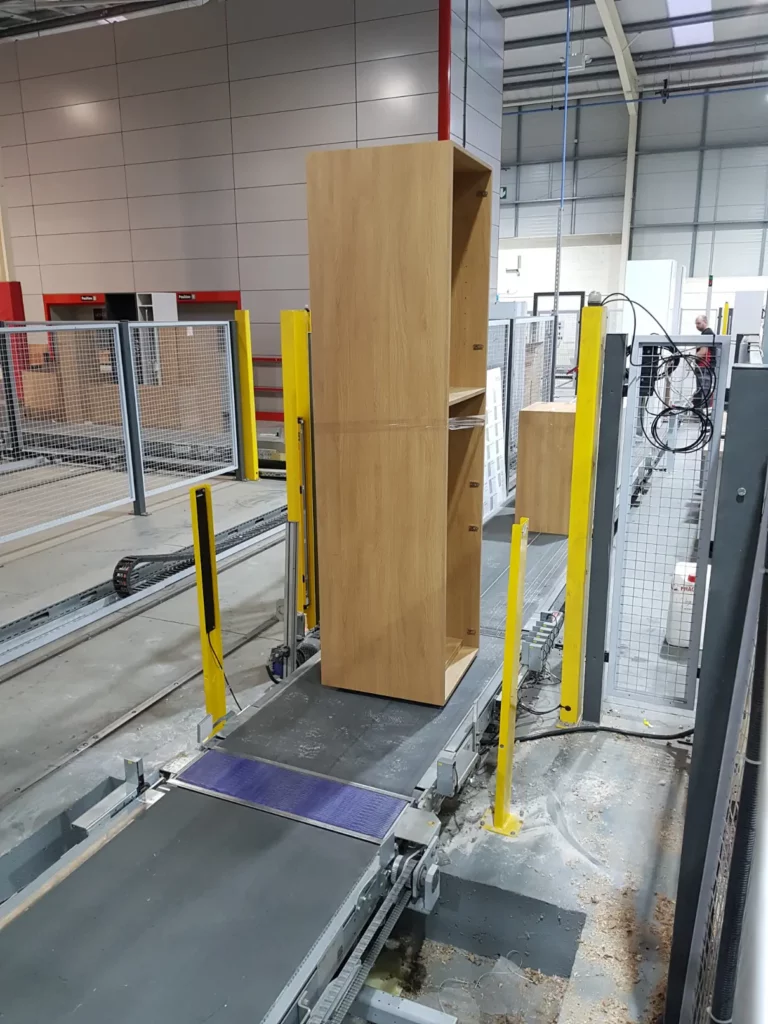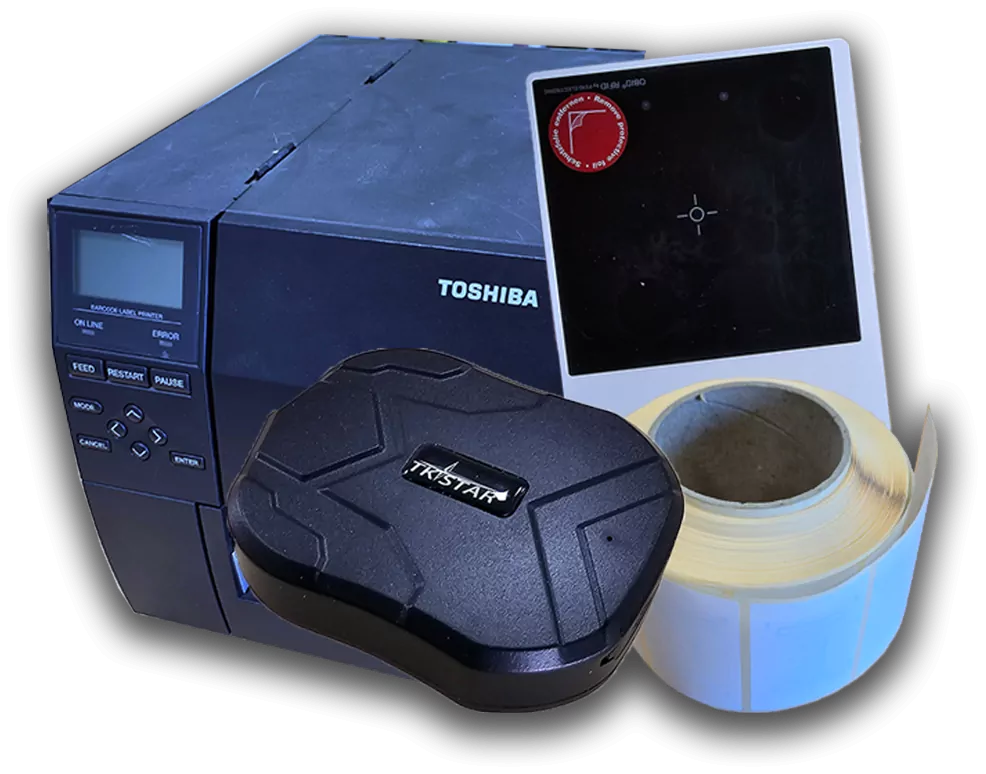Innova DIY Kitchens
Manufacturing high quality kitchens and kitchen units since 1982, Innova DIY Kitchens is the UK’s #1 online kitchen retailer. Producing in 12 state-of-the-art, automated facilities across Yorkshire that cover over 540,000 sq ft. The manufacturing facilities are equipped to manufacture on a kitchen-by-kitchen basis. This flexible approach to manufacturing means each kitchen is produced to the customers’ exact specification and not restricted to limited range of products.
The Challenge
Knowing which kitchen unit, for which customer order, is exactly where in the production line was a challenge. The company was using Barcode labels on each cabinet produced, manually scanned with a handheld terminal at each production station, and data processed to the main ERP system. Not every cabinet was scanned, sometimes cabinets were taken out of the production sequence to complete orders waiting, with the result that data captured was incomplete and not accurate.
The question from Les Davies, Operational Manager, was whether the use of RFID could improve visibility of products within production.
Quality data requires investment, planning and consistency – there is no ‘data’ magic suddenly appearing at the flick of a switch or swipe of the screen. The question is as always: ‘what data gaps exist today in your business processes? What data should you be collecting with the future in mind’?
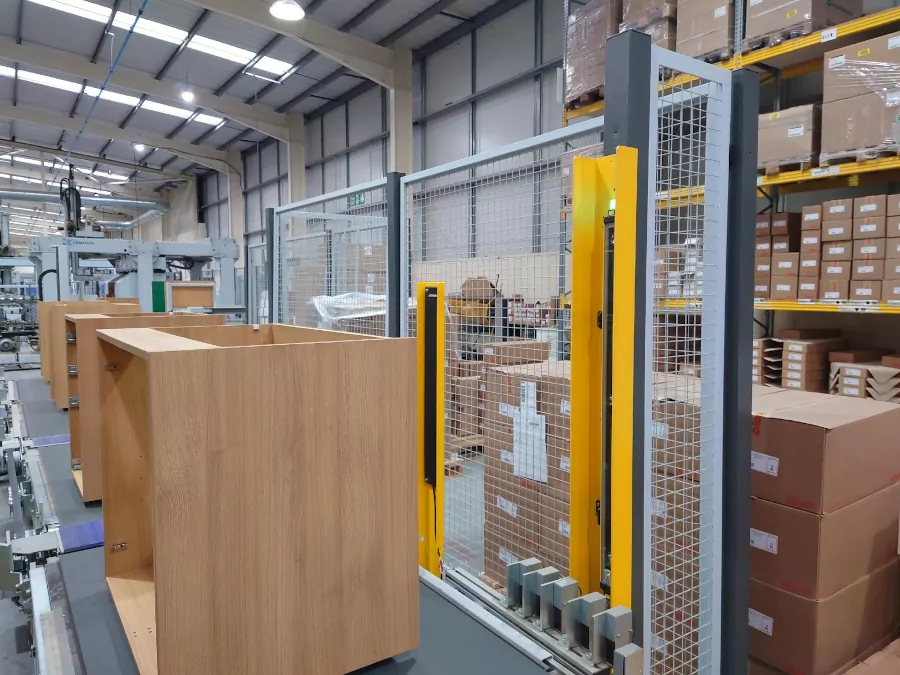
The Solution
Analysing the process flows and identifying where in these flows data capture points could be introduced was the first step. The output of each robot production line was the chosen location for data capture.
The robot production lines were the first step in the production process. RFID enabled label printers (Zebra) were placed in the robot production line and each cabinet was fitted with a RFID (Smart) label. Printed with a barcode, human readable information and encoded with RFID readable production information.
RFID scanners (Caen) with antennas (Times 7) on either side of the conveyor belt were placed at the end of the robot lines product lines. The RFID scanners have bespoke software designed by RFIDdirect embedded, scanning the product information with the event data such as date, time, and location, via a VLAN network to the ERP server for further data management.
Assembly Process
The output of the robot production lines is the input of the manual assembly lines. By placing a similar RFID scanning system on the end of the assembly lines, the tracing of products through this critical phase within the production is guaranteed. Basically, a goods-in and goods-out recording system for a sub-production phase.
Based on the goods-in scan, the ERP system generates the information managing and controlling the supply of components like doors, inserts and appliances to be supplied just in time, to complete the assembly. Key performance indicators are specified, electronic messages and warnings are triggered by the system for missing components potentially causing delays in assembly.
Packaging and Dispatch Process
The same principles were repeated at the packaging line, moving products to the dispatch area, providing the information that all units for a specific customer order are produced and assembled. At the dispatch area the customer orders are checked and scheduled for delivery to the customer.
Docking Doors
All five dock doors have been allocated with RFID scanners (Impinj), scanning the items going through the HGV boarding process, making sure all individual items per order are loaded prior to delivery.
Sensing Objects powered by RFIDdirect
Sensing Objects is the software brand used by RFIDdirect. Our team can develop a bespoke solution tailored to your specific requirements, using the many years of hands-on experience in industry. Moreover, the solution can be integrated without the need of replacing your existing database and management software – saving costs and keeping disruption to a minimum.
* Keyboard Wedge is a software routine that translates the RFID scanned data input into keyboard strokes for a computer. Data sent through a Keyboard Wedge appears as if it was typed into the computer, while the keyboard itself remains fully functional.
